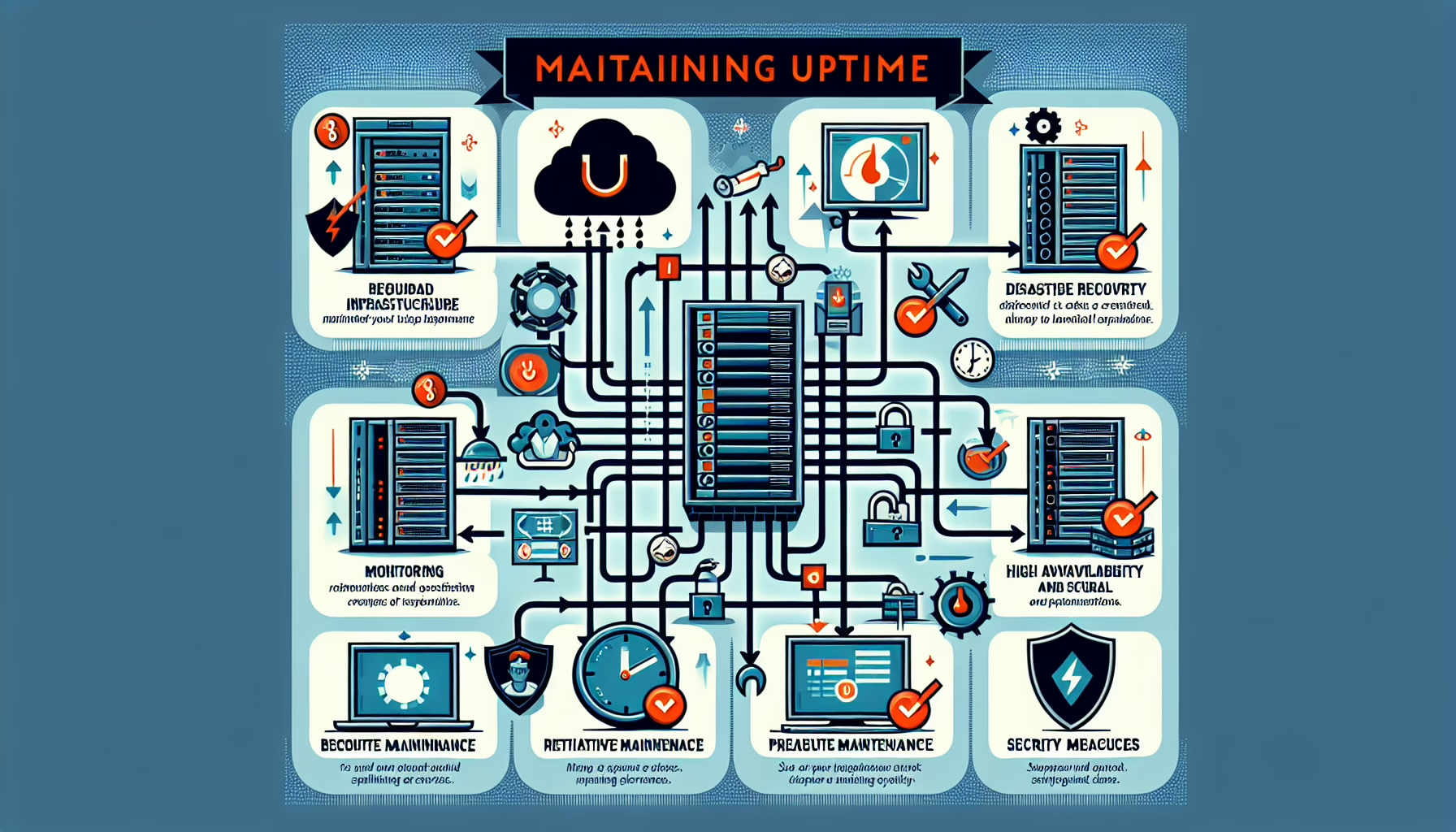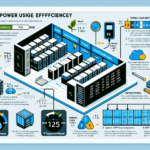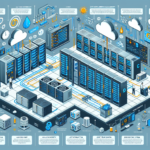Maintaining uptime in a data center is critical to ensuring reliable IT services and business continuity. As an IT manager responsible for various aspects of the data center, here are key strategies to maintain uptime:
1. Redundant Infrastructure
- Power Redundancy: Deploy Uninterruptible Power Supplies (UPS), backup generators, and dual power feeds to ensure continuous power supply.
- Network Redundancy: Use multiple Internet Service Providers (ISPs) and redundant network paths (e.g., BGP routing) to prevent connectivity issues.
- Cooling Redundancy: Implement redundant cooling systems (N+1 or 2N configurations) to handle equipment temperature effectively in case of failures.
2. Disaster Recovery and Backup
- Regular Backups: Ensure all critical systems and data are backed up regularly and stored offsite or in a cloud solution.
- Disaster Recovery Plans (DRP): Maintain a robust disaster recovery strategy with Recovery Point Objectives (RPO) and Recovery Time Objectives (RTO) aligned with business needs.
- Failover Systems: Use failover mechanisms such as load balancers, clustering, and replication for key services to minimize downtime.
3. Preventative Maintenance
- Hardware Maintenance: Regularly inspect and replace aging hardware components such as disks, fans, and power supplies to prevent unexpected failures.
- Firmware and Software Updates: Keep firmware, drivers, and software up to date to fix vulnerabilities and improve system stability.
- Cooling and Dust Management: Clean air filters, monitor airflow, and maintain proper cooling to avoid overheating issues.
4. Monitoring and Alerts
- 24/7 Monitoring: Use monitoring tools like Nagios, Zabbix, or Datadog to watch over systems, storage, network, and environmental factors (temperature, humidity, etc.).
- Proactive Alerts: Set up real-time alerts for hardware failures, high CPU/memory usage, storage capacity thresholds, or abnormal traffic patterns.
5. High Availability (HA) and Virtualization
- Virtualization: Use hypervisors like VMware, Hyper-V, or KVM to enable VM migration in case of host failure.
- Clustering: Implement HA clustering for critical applications and databases to avoid single points of failure.
- Container Orchestration: Leverage Kubernetes for containerized workloads to automatically reschedule workloads in case of a node failure.
6. Security Measures
- Physical Security: Use biometric access controls, surveillance cameras, and restricted access to the data center.
- Cybersecurity: Deploy firewalls, intrusion detection/prevention systems (IDS/IPS), and endpoint security to safeguard against cyber threats.
- DDoS Protection: Use anti-DDoS solutions to protect against large-scale attacks that could disrupt services.
7. Capacity Planning
- Resource Utilization: Monitor CPU, memory, storage, and bandwidth usage to ensure resources are not over-provisioned or underutilized.
- Scalability: Design systems to scale horizontally and vertically to accommodate growth without downtime.
8. Documentation and Standard Operating Procedures (SOPs)
- Runbooks: Maintain detailed runbooks for handling common incidents and failures.
- Change Management: Follow ITIL-based change management processes to prevent unplanned outages due to configuration changes.
- Vendor Contacts: Keep updated contact information for hardware and software vendors for quick support during emergencies.
9. Regular Testing
- Simulate Failures: Conduct regular drills to test failover mechanisms and disaster recovery plans.
- Load Testing: Stress-test systems to identify bottlenecks and ensure they can handle peak loads.
10. Employee Training
- Train your team on incident response, troubleshooting, and the proper use of monitoring tools.
- Conduct knowledge-sharing sessions to stay up-to-date with the latest technologies and best practices.
11. Leverage AI and Automation
- Predictive Maintenance: Use AI-driven analytics to predict hardware failures before they happen.
- Automation Tools: Implement tools like Ansible, Puppet, or Terraform to automate routine tasks, minimizing human error.
12. Colocation and Cloud Integration
- Hybrid Cloud: Use cloud services to offload non-critical workloads and ensure disaster recovery options.
- Colocation: Partner with colocation providers for additional redundancy or to extend your data center footprint.
13. Regular Audits
- Perform periodic audits to assess compliance with industry standards like ISO 27001, PCI DSS, or SOC 2.
- Identify weaknesses in your infrastructure and processes and address them proactively.
By implementing these strategies, you can ensure high availability and maintain uptime in your data center, keeping critical business operations running smoothly.
How do I maintain uptime in a datacenter?



